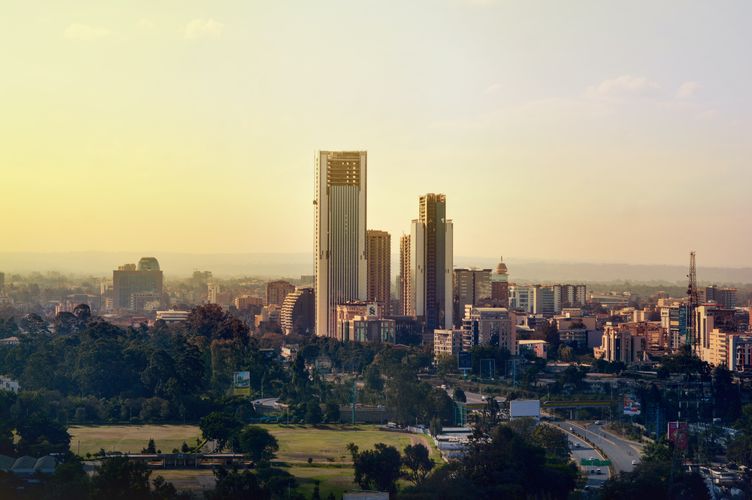
After 1.5 months in Yaoundé, Cameroon, I moved to Keyna the other day. I didn't know what to expect from the eastern part of Africa, but it's been a pleasant surprise. Maybe the fresh and crisp mornings, maybe the easiess of being able to do anything in English, maybe the easy access to nature, I don't know, but I have been loving and absorbing everything I encounter here in Nairobi.
As I always do, I stared composing some useful information to understand urbanism and arhchiecture scene here in Nairobi. This is a personal archive, so I'll keep updating the list as I learn more.
Things to do, places to go
-
Nairobi hosts the headquaters of UN-Habitat and United Nations Environment Programme, thus there are many urban & environmental expats in the city. Nairobi feels like a showcase of urban issues — heavy traffic, un-walkability, segregation etc. — and it's also very inspiring to have discussions if you bump into these UN people.
-
Parklands is a neighbourhood in Nairobi, located in northern-west from the central business district, and it's traditionally known as an Indian/Asian zone. The area is dotted with mosques and Hindu temples, and there are many shops and markets that sell Indian products. Before I came to Nairobi, I wasn't even aware that Keyna still hosts a large population of people who are originally from India. As many as 30,000 Indians are said to have arrived in Kenya in the late 1890s to help build the Kenya-Uganda railway under the British power. Many have stayed even after the independence, and Kenyans of Indian descendants built thier lives around this area. It's very interesting area to walk around, and thinki about its history.
-
There are many art space here in Nairobi! One Off Contemporary Art Gallery, Red Hill Gallery. Circle Art Agency just to name a few.
-
Karen Blixen Museum was once the centre piece of a farm at the foot of the Ngong Hills owned by Danish Author Karen and her Swedish Husband, Baron Bror von Blixen Fincke. Located 10km from the city centre, the Museum belongs to a different time period in the history of Kenya. The farm house gained international fame with the release of the movie ‘Out of Africa’ an Oscar winning film based on Karen’s an autobiography by the same title.
-
Pallet Cafe is a unique restaurant where all the waiters are deaf and you need to use a sign language to communicate with them. The cafe was born out of the vision to provide great food and amazing service while promoting the training and employment of the disabled in the food service community.
Read and watch
-
Nairobi Noir is a collection of short stories edited by Peter Kimani, and it as been helping me to understand this massive city better through stories. A story, to me, is the best way to get to know & relate to a place, and I have been learning about varios areas of the city of which I wouldn't know much otherwise. I especially enjoyed the work by Winfred Kiunga about Eastleigh, where many Somali people live. I learned how Somali regugees are mistreated here in Nairobi, especially by the polices, through this story. Definitely worth a read.
-
Until Everyone is Free is a podcast about Pio Gama Pinto: socialist, political detainee, Member of Parliament, and martyr. Only two years after independence, Kenya began killing its own freedom fighters. The first: a man who knew what freedom was—and how to get it. Pio Gama Pinto.
-
Out of Africa, The Constant Gardener, The Ghost and the Darkness, Nowhere in Africa, the first grader watch was the movies I think are worth watching if you want to grasp the mood of Kenya and learn a bit about the history.
Organization / initiative
-
Sound of Nairobi is an open-access digital archive of Nairobi’s soundscapes, as well as an initiative by Brian Muhia, Kamwangi Njue, Sophia Bauer and Raphael Kariuki that explores the relationship between the city and sound.
-
Hydroponics Africa is a pioneer of hydroponic farming in East and Central Africa.They developed affordable and efficient systems of vertial farming to feed growing cities.


